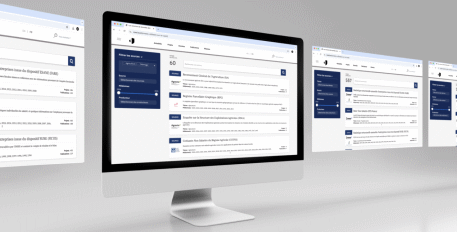Secure bubble technology(*) is mainly used by researchers and data scientists to perform data analysis. More recently, with the implementation of the RGPD and the various security standards, certain data-producing organisations are turning to CASD to have a secure and certified environment for the production and management of data (data management).
The advantages of using a secure cloud technology with hosting in France are multiple.
The security requirements for the processing of detailed data, which is used to produce data, must take into account high compliance with the GDPR and other security standards that may apply to the data concerned. A very large part of these requirements is already built into the secure bubble architecture by design.
In addition, the provision of a secure environment designed for data management and data science with a wide range of available software and their various packages (R, python, SAS, Stata, QGis, etc.) and adapted computing power that can be very high for processing large volumes of data, provides a good response to the particular needs of large data users without requiring additional internal computing resources. The ergonomics of the secure bubbles are therefore particularly well suited to the daily use of data management, with a complete virtual office allowing sharing and collaboration, as well as the implementation of an automatic file output mechanism (traced and subject to a digital confidentiality procedure for each output).
The secure architecture also offers the data producer the possibility of allowing secure work from home and facilitating exchanges between production managers and study and research managers in the same secure environment. It also enables collaboration with the academic research community.
In addition, the CASD is a public entity (non-profit public interest group) and as such can, under certain conditions, enter into public-public cooperation with another public entity.






